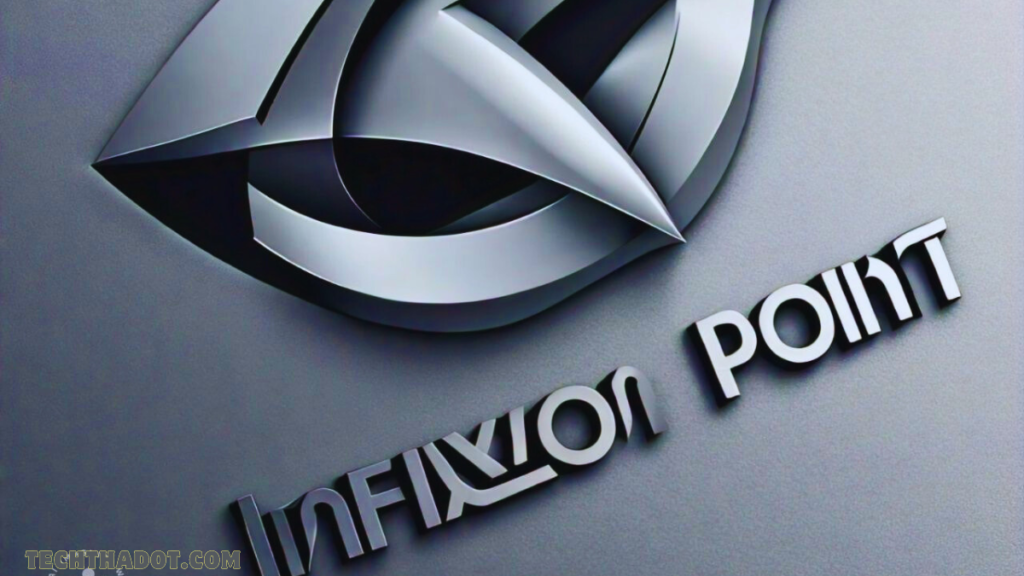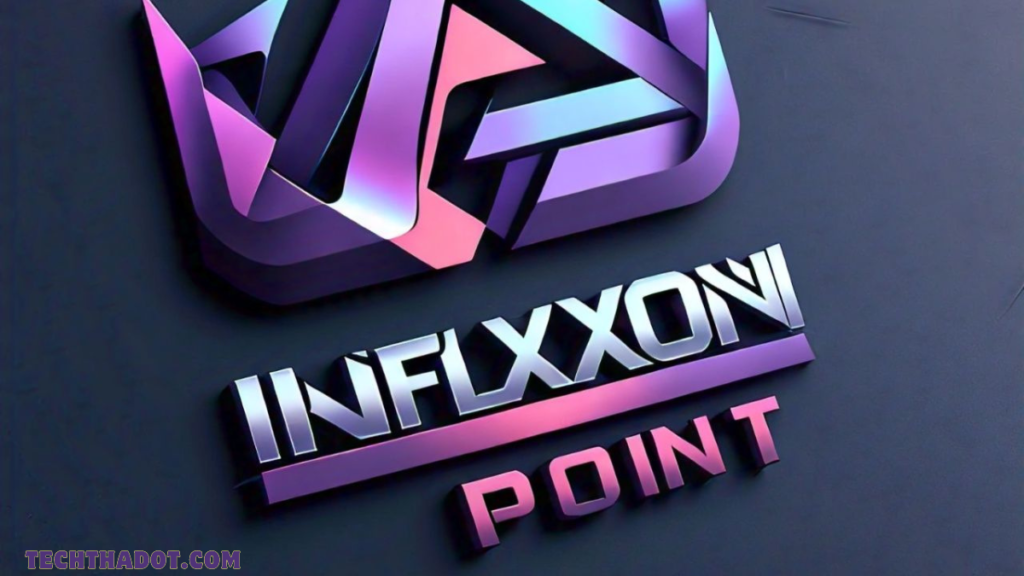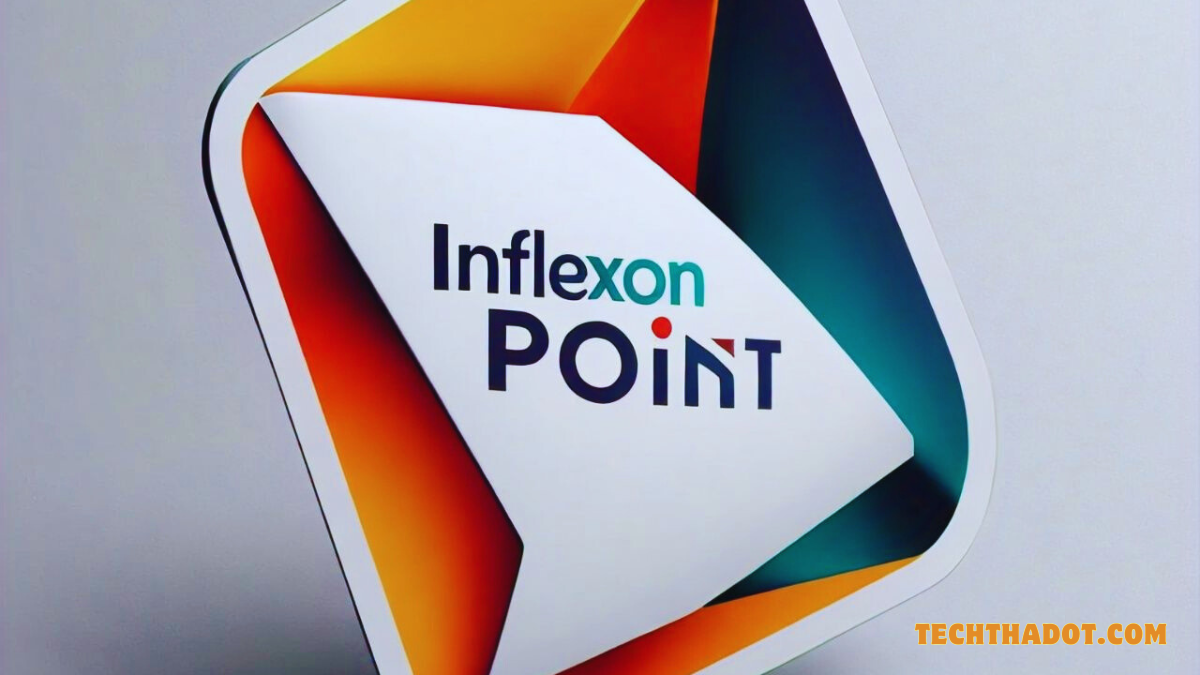I. Introduction
A. Definition of Inflexon Point
Inflexon point is a critical moment of change or a turning point where significant shifts occur in the direction, momentum, or trend of a system or process. It marks a transition from one phase to another, often leading to substantial transformations.
- Explanation of the Term “Inflexon Point”: An inflexion point refers to a specific juncture in a process where a notable change happens, altering the trajectory or behavior of the system. This concept is used across various disciplines to indicate moments of pivotal change. It is not just a mathematical term but also widely used in business, economics, technology, and personal development contexts.
- Origin and Etymology: The term “inflexion” is derived from the Latin word “inflexio,” meaning “a bending” or “a curving.” Historically, the concept has been applied in mathematics to describe points on a curve where the curvature changes direction. Over time, its use has expanded to include various fields where it signifies moments of significant change.
B. Importance of Understanding Inflexion Points
- Relevance in Various Fields: Inflexon point are crucial in fields such as technology, finance, and business. For instance, in technology, recognizing an inflexion point can help a company pivot towards emerging trends, such as the shift from desktop computing to mobile devices. In finance, identifying market inflexion points can lead to strategic investment decisions.
- Impact on Decision-Making and Strategy: Understanding inflexion points aids in strategic planning and decision-making. By identifying these moments, businesses and individuals can better navigate transitions and implement effective strategies. For example, a business recognizing an inflexion point in consumer behavior might shift its marketing strategy to better engage with its audience.
II. Inflexon Point Mathematical and Scientific Perspective
A. Inflexion Point in Mathematics
- Definition and Properties: In mathematics, an inflexion point is where the curvature of a function changes sign. It is a point on the curve where the concavity shifts from concave up to concave down or vice versa. Mathematically, this is where the second derivative of a function changes sign.
- Visual Representation on Graphs: Graphically, an inflexion point is illustrated as the point where the curve changes its curvature direction, often resembling an “S” shape. For instance, in the graph of a cubic function, the inflexion point is where the curve changes from being concave (curved downwards) to convex (curved upwards).
- Examples and Applications in Calculus: In calculus, inflexion points are used to analyze the behavior of functions and their graphs. For example, in optimization problems, identifying inflexion points helps in understanding the nature of critical points. Engineers and scientists use these points to optimize processes and predict system behaviors.
B. Inflexion Points in Physics
- Role in Understanding Motion and Forces: In physics, inflexion points help describe changes in motion and forces. They indicate moments where acceleration shifts direction, providing insights into dynamic systems. For instance, in the study of harmonic oscillators, inflexion points can indicate changes in the motion pattern.
- Examples in Real-World Phenomena: Examples include the transition phases in physical processes, such as the melting of ice or the transition from laminar to turbulent flow in fluids. These inflexion points are crucial for understanding and predicting physical behaviors in various environments.
III. Inflexon Point Business and Economics
A. Identification of Inflexion Points in Business
- Key Indicators and Metrics: Identifying inflexion points in business involves analyzing metrics like market trends, consumer behavior, and financial performance. Indicators such as sudden revenue spikes, shifts in market share, or changes in consumer preferences can signal inflexion points. Advanced analytics and business intelligence tools are often used to detect these changes.
- Case Studies of Companies Experiencing Inflexion Points: Companies like Apple and Netflix have experienced inflexion points where strategic changes led to substantial growth and market leadership. Apple’s transition from a computer company to a leader in mobile technology with the introduction of the iPhone is a prime example. Netflix’s shift from DVD rentals to streaming services represents another significant inflexion point.
B. Strategic Implications
- Adjusting Business Models and Strategies: Recognizing inflexion points allows businesses to adjust their models and strategies to align with new market realities. This can involve pivoting product lines, adopting new technologies, or entering new markets. Companies that fail to adapt to inflexion points often struggle to maintain relevance.
- Investment Opportunities and Risks: Inflexion points create investment opportunities as markets shift. However, they also come with risks, requiring careful analysis and strategic planning. Investors need to be vigilant in identifying these points to capitalize on emerging trends and avoid potential pitfalls.
Economic Cycles and Inflexion Points
- Understanding Economic Inflexion Points: Economic inflexion points mark shifts in economic cycles, such as the transition from recession to growth. Identifying these points is crucial for policy-making and investment strategies. Economists use a variety of indicators, such as GDP growth rates, unemployment rates, and inflation, to identify these points.
- Historical Examples and Their Impact on Markets: Historical economic inflexion points, like the Great Depression or the 2008 financial crisis, have had profound impacts on global markets and economies. These events reshaped financial systems, regulatory environments, and economic policies worldwide.

IV. Inflexon Point Technology and Innovation
A. Technological Inflexion Points
- Breakthrough Innovations and Paradigm Shifts: Technological inflexion points occur with breakthrough innovations that lead to paradigm shifts. Examples include the advent of the internet, which revolutionized communication and information exchange, and the rise of artificial intelligence, which is transforming industries and creating new opportunities.
- Impact on Industries and Markets: These inflexion points transform industries and markets, creating new opportunities and rendering old models obsolete. For instance, the rise of e-commerce has drastically changed the retail industry, leading to the decline of traditional brick-and-mortar stores and the emergence of online retail giants.
B. Case Studies
- Examples of Technological Inflexion Points: The introduction of the internet and smartphones are prime examples. The internet has democratized access to information and connected people globally, while smartphones have changed how we communicate, work, and entertain ourselves.
- Analysis of Their Effects on Society and the Economy: The widespread adoption of these technologies has reshaped economies, creating new industries and altering societal norms. For example, the gig economy, driven by smartphone apps, has changed employment patterns and created new forms of work.
V. Inflexon Point Personal and Professional Development
A. Recognizing Personal Inflexion Points
- Identifying Pivotal Moments in Career and Life: Personal inflexion points are pivotal moments that significantly impact one’s career or life path. Recognizing these moments can help in making informed decisions. Examples include career changes, significant achievements, or personal setbacks.
- Strategies for Leveraging Inflexion Points for Growth: Leveraging personal inflexion points involves embracing change, seeking new opportunities, and developing resilience. Continuous learning and self-improvement are crucial for capitalizing on these moments.
B. Leadership and Inflexion Points
- Guiding Teams Through Inflexion Points: Effective leaders recognize and navigate inflexion points, guiding their teams through transitions and fostering adaptability. They communicate a clear vision, provide support, and encourage innovation.
- Building Resilience and Adaptability: Building resilience and adaptability is crucial for successfully managing inflexion points, both personally and professionally. This involves developing a growth mindset, being open to change, and maintaining flexibility in the face of uncertainty.

VI. Future Trends and Predictions
A. Emerging Inflexion Points
- Upcoming Technologies and Innovations: Emerging technologies like quantum computing, blockchain, and renewable energy represent future inflexon point with the potential to transform industries. Staying informed about these advancements is essential for anticipating changes.
- Potential Impact on Various Sectors: These innovations could significantly impact sectors such as healthcare, finance, and transportation, driving new growth opportunities. For example, advancements in renewable energy could revolutionize the energy sector, while quantum computing could solve complex problems currently beyond our reach.
B. Preparing for Future Inflexion Points
- Developing Foresight and Adaptability: Preparing for future inflexion points involves developing foresight, staying informed about trends, and cultivating adaptability. This includes monitoring technological advancements, economic indicators, and societal shifts.
- Building Robust Strategies for Navigating Change: Building robust strategies to navigate change is essential for capitalizing on future inflexion points and mitigating risks. This involves strategic planning, scenario analysis, and flexible implementation plans.
VII. Conclusion
Inflexon point are critical moments of change that have far-reaching implications across various fields. Understanding and recognizing these points enable better decision-making, strategic planning, and adaptation to new realities. By staying informed and adaptable, individuals and organizations can navigate Inflexon point effectively, leveraging them for growth and success. Recognizing the importance of these moments and preparing for them is key to thriving in a constantly changing world.
